Get This Look: Ghosts
by Rebecca Jane Stokes
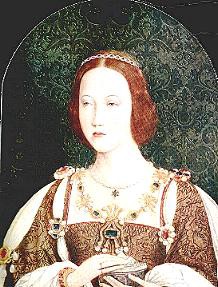
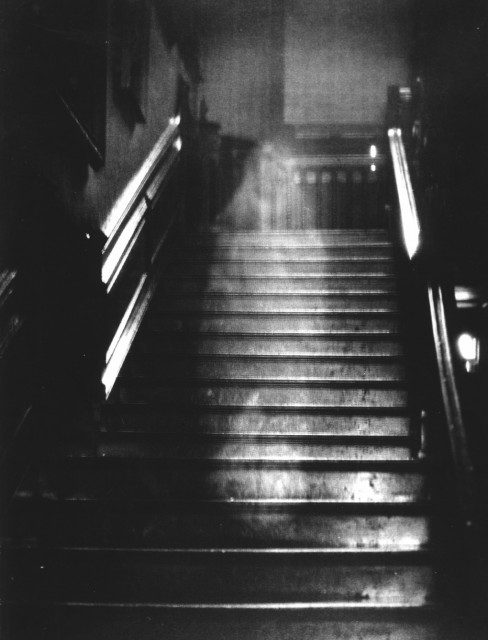
The Brown Lady of Raynham Hall
Deep in the heart of England, arguably one of the world’s spookiest countries (see also: fog, Sherlock Holmes, the moors, Wilkie Collins, Jack the Ripper, castles, etc.), resides the Brown Lady of Raynham Hall, all chilling out for photographs and bringing back brown brocade in a major way. She’s said to be the ghost of Dorothy Walpole, the sister of England’s first Prime Minister, Robert “Bobby” Walpole. The story goes that Dorothy was locked away in the family’s Norfolk estate, Raynham Hall, when her husband discovered she’d been sneaking around on him. More-Gossip Girl-esque versions of the story claim that her lover’s spurned wife invited her to spend some time there — and Dorothy’s husband, in on the plan, subsequently never allowed her to leave.
She lived out her days there, dying of smallpox at the end of the 18th century. But that wasn’t the last time she was seen. In 1835, in “fact,” some of her descendents were apparently hanging out for the Christmas season, when — between nursing bad wassail heads, writing long letters to their friends in town, and taking constitutionals about the living room — they spotted a strange apparition with empty glowing eye sockets wearing a woefully out-of-date brown gown. Because of course when you spot an eyeless apparition, you stick around to judge its sartorial prowess. The Brown Lady would be seen on countless other occasions throughout the years, most famously in 1936, when a photographer from Country Life magazine captured her image as she approached him on the staircase, possibly wailing, “Bitch, I look goooooood!”
Get This Look:
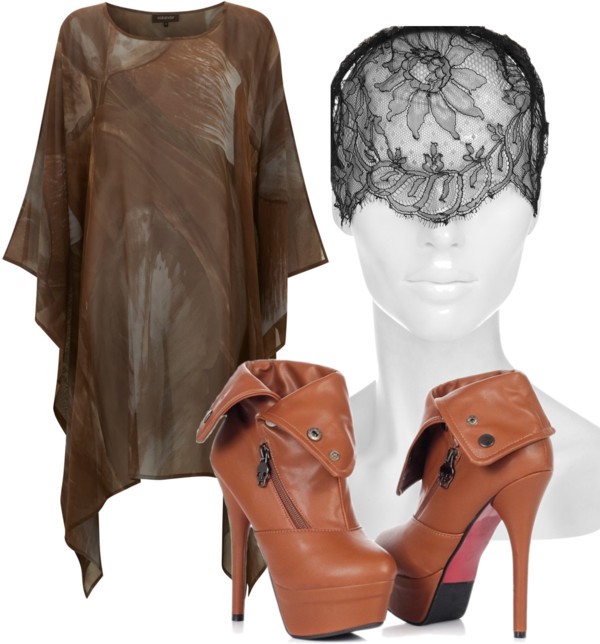
The Brown Lady of Raynham Hall ensemble, featuring Eskandar

The Flying Dutchman
The Flying Dutchman is not, as the name suggests, some winged Rutger Hauer type, soaring high above our heads for relaxation and entertainment. In fact, the true Flying Dutchman is a haunted nautical vessel, first mentioned by George Barrington at the beginning of the 19th century, in his book A Voyage to New South Wales. Tales of haunted ships casting ghostly lights at other passing mortal vessels entered the collective social consciousness not long thereafter. But only the Dutchman is said to be haunted by pirates paying the price for having attained some manner of ominous booty — the cost of which was their very souls (soles if you’re feeling in the mood for marine-based fashion puns, and who ever isn’t?).
The ship gets its name from the late Dutch captain, Bernard Fokke, who inadvertently got on Satan’s bad side when he swore he’d dock his ship as scheduled despite the foul weather, even if he were damned in the process. There are other versions of Fokke’s eventual dealings with the devil, although none of them seem to be related to Fokke demanding the underlord’s assistance in smiting those who taunted him for his unfortunate surname. Whatever its origins, the ship still sails, casting strange lights and messages from beyond the grave.
Get This Look:
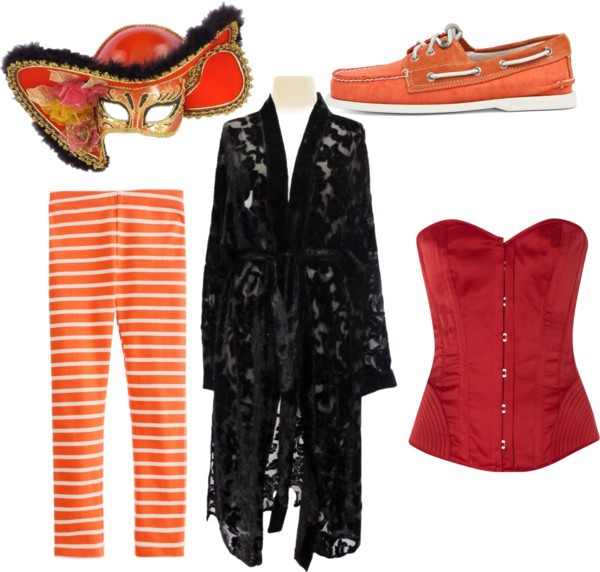
The Flying Dutchman ensemble, featuring Playful Promises
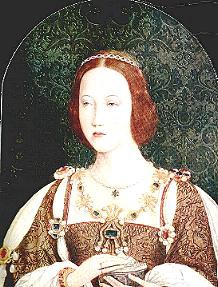
Bloody Mary
The “Bloody Mary” tradition has existed as long as little girls have gotten together for overnights and engaged in activities guaranteed to prevent sleep forever. Sure, some of the games are innocuous, like that one where you drip hot wax into cool water and determine from the shape it takes what your profession will be, or rounds of Truth or Dare that devolve into prolonged conversations about whether or not eighth-grader Jimmy Merola would be as hot without Oakley’s as he is with Oakley’s. But Bloody Mary is not one of these games.
To play it correctly, you must go — alone — into a dark bathroom, and with your back facing the mirror, say “Bloody Mary, Bloody Mary, Bloody Mary.” Theoretically at this point, you’ll turn around and see the ghostly, blood-covered figure of Mary Tudor. Whether or not this actually occurs has never been proven, as every single person either passes out or runs screaming from the bathroom, waking up Lindsay’s parents and effectively ruining the evening for everyone, because Lindsay’s mom, a professor at the local community college, then quietly explains that Mary Tudor actually earned the sobriquet “Bloody Mary” for the number of Protestants she executed, which settles down everyone but you, who sits up all night desperately having to pee but being too scared that Bloody Mary’s waiting in the bathroom to kill you for being an Episcopalian.
Get This Look:
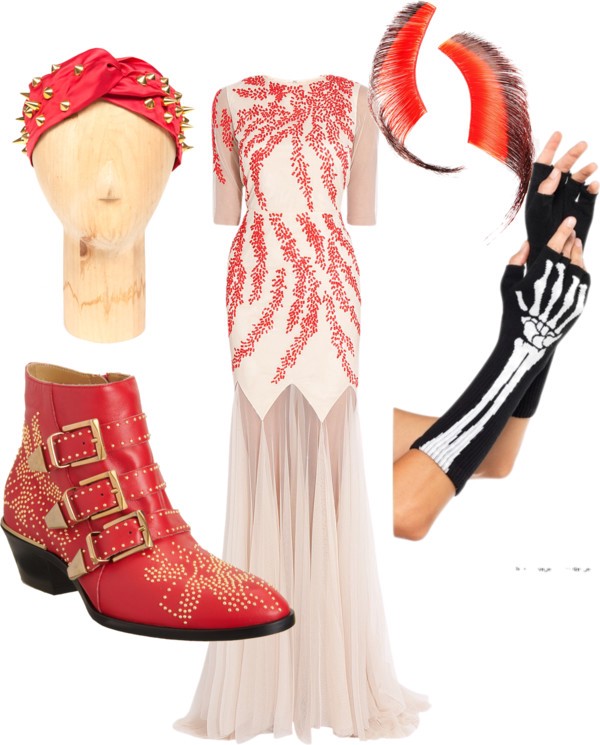
Bloody Mary ensemble, featuring Chloé
Previously: Hairdressers.
Rebecca Jane Stokes is a writer in Brooklyn. She’s an editor at Fempop, and spends a large amount of her time pretending to be a mildly evil cat on the internet.